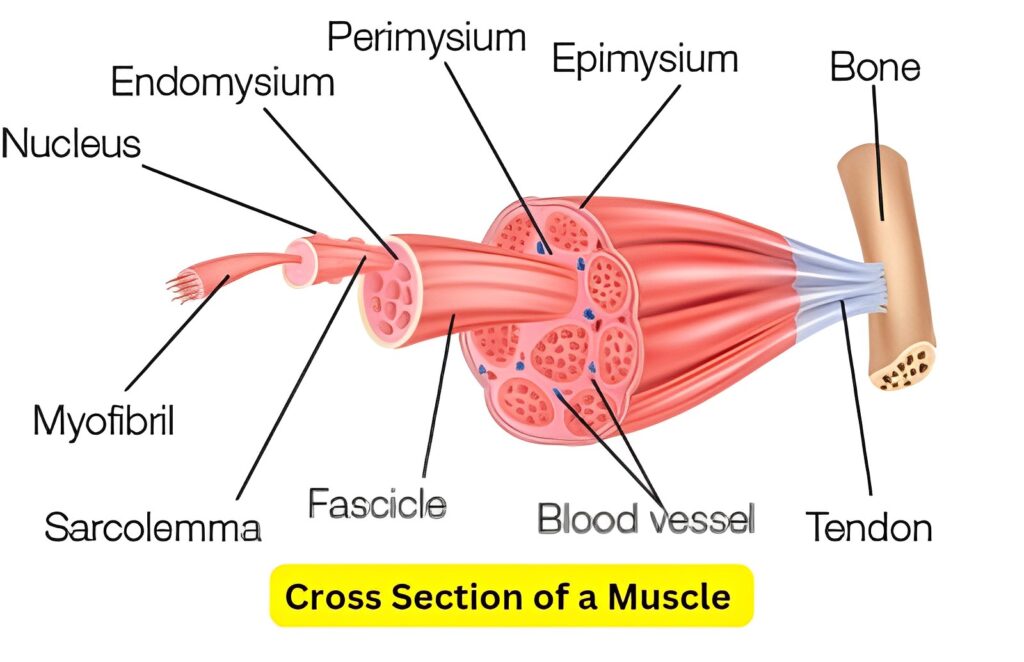Fascial stretch therapy works wonderfully to open your mind and body.
You may think of stretching your back, IT band, or hamstrings when you think of stretching your body. But in addition to those tight muscles, hundreds of additional body regions can benefit from a good stretch. One of the most recent techniques for focused stretching is Fascia, which you may not have even heard of before. Fascia stretching enhances the flexibility of your muscles and Fascia. It improves posture, decompresses joints, and increases range of motion. Here’s find more about fascial stretch therapy. And also, why you ought to add it to your recovery routine.
What is fascial stretch therapy?
Fascial stretching therapy is an assisted stretching that can help you grow more quickly by relieving tightness in your body. FST improves muscle pliability by focusing on the fascial lines connecting muscles, nerves, organs, and almost anything else in your body. At any age, fascia has the most significant impact on how flexible you are.
FST, or neuromyofascial manual therapy, was first developed by Ann Frederick in 1996. Ann Frederick, the first “flexibility specialist,” developed it to deal with the mobility issues of her professional athlete clients. She created it by considering the body as a whole and emphasizing the continuous fascial lines instead of isolated muscles. She used traction, oscillation, and circumduction to get better outcomes.
Still, trying to understand what Fascia is?
Yes, most people are unaware of the incredible role fascia plays in the human body. Here’s what Fascia is and how it works with the connective tissue system.
“Fascia is a continuous, 3D network of stringy connective tissue that runs throughout the body.”

“Through fasci all of your muscles, organs, various structures, and more are connected [within the body],” explains Eric Owens, the owner of Delos Therapy in Chicago. “Through fascial stretch therapy, your muscles transfer force from muscle to muscle.”
Owens adds, “A healthy fascia is important for mobility and pain free movement.”
Fascia plays a mechanical role in the body but also communicates sensory information about what’s happening in your body. And also, how it moves, like whether it is restricted or inflamed. Muscle pain, weakness, or a limited range of motion are signs of an unhealthy fascia.
Also Read: Eye Yoga Exercise: 6 Proven Eye Exercises You Must Try
So, how does Fascial Stretch Therapy relate to all of that? Stretching the Fascia aims to focus on healing the connective tissue system rather than isolated muscles. That means that, rather than working on one muscle at a time, FST involves hands-on therapy between you and a therapist who pushes your muscles to stretch your muscle tissue.
According to Kelsey Decker, NSCA-CPT and training coordinator of StretchLab, “Fascia goes in multiple directions, while muscle connection typically goes in one direction.” The trainer says, “It’s important to stretch in multiple planes to completely stretch the entire area because the facial lining has multiple directions.”
Sarbin (a certified stretch therapist) says, “Fascia stretching works by stretching joints and tissues around them and synchronizing relaxation of the fascia and muscles.”
Six amazing benefits of fascial stretch therapy
According to Sarbin, the benefits of fascial stretch therapy cannot be fully realized after just one session. Look more closely at any changes you might see after a few sessions.
Enhances muscular pliability
Fascial stretching therapy is one way to regain muscle pliability. Muscle pliability includes the quality of the fascial bundles inside the muscle. In contrast, flexibility refers to the ability of a joint to move through an unlimited, pain-free range of motion.

Owens adds, “When pressure is applied perpendicular to the long axis, muscles become more flexible.” Muscular pliability is a better way to evaluate muscle quality. However, you eventually need both.”
The research found that people over 60 can improve their range of motion through various techniques used in fascial stretch therapy.
Additional research has shown that younger athletes can reduce their risk of non-contact injury while training and competition by performing proper stretch therapy techniques for exercise and rehabilitation.
Pain-free stretching
Fascial stretch therapy is exceptionally soft in contrast to stretching techniques that help with injury rehabilitation. According to Sarbin, you shouldn’t experience any discomfort at all—just a slight pinch.
“The Fascia connects every part of the body. So, the ability to stretch the Fascia may deliver relief to other parts of the body.” Decker adds. Keep in mind that if you’re experiencing tightness in one spot, like your hips, the pain may be coming from another location, like your lower back. Fascia massage is useful to treat lumbar fascia in lower back pain. Fascial stretching therapy can release stress and relieve pain throughout the body.
Speed up recovery
Facial stretching increases blood flow to tired muscles, allowing you to recover from challenging exercise sessions more quickly.
Improve functionality of the peripheral nervous system
Recent research found that osteopathic fascia therapy on the peripheral nervous system reduces local pain and inflammation. To reshape nervous tissues correctly, nervous tissues must have the ability to retain their elasticity. The correct sliding of the fascial structures and the sliding of nerves between the various tissues are essential for mechanical stress to be communicated adequately. Ultimately it enhances the ability of nerves to adapt and regenerate.
Enhances performance
Do you ever feel like your right shoulder is tighter than your left? Or is your left leg better for balancing than your right one? These are some examples of muscle imbalances, and fascial stretching could help to lessen them. Decker explains, “Stretching and developing a healthy fascia can help those with physical imbalances. You can perform higher if those muscular imbalances are healed.”
Improve blood circulation
Tightness anywhere in your body reduces blood flow. Fascial stretch therapy increases blood flow by reducing tightness and stress. Research studies found that healthy Fascia will have improved blood flow especially if you are a patient with chronic heart failure. It will facilitate muscle growth. It allows blood to reach your muscles more quickly. Ultimately, improved blood flow aids in speeding your recovery after exercise.
That’s all about fascia and fascial stretch therapy. Hope you find it helpful.


